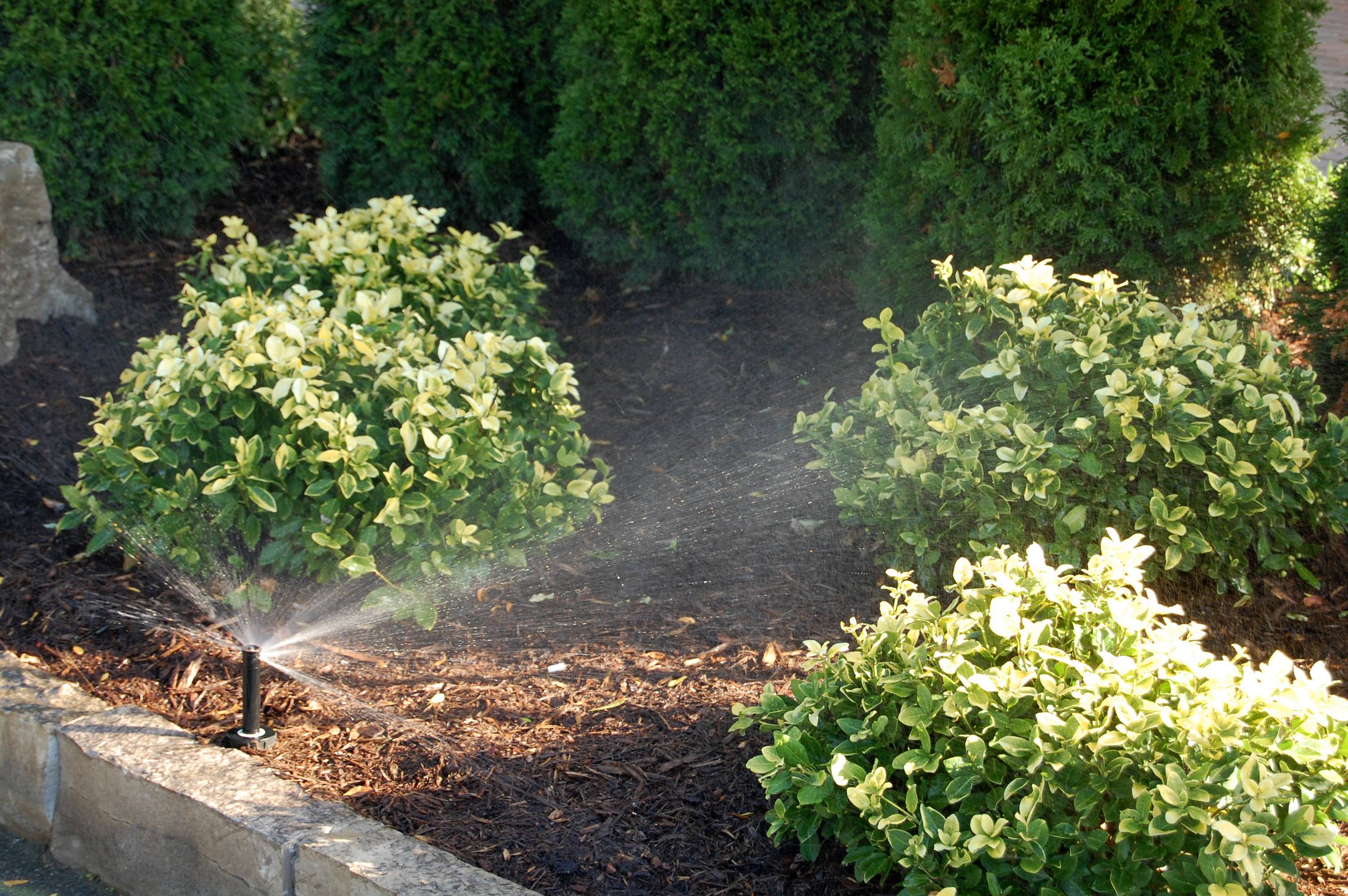Euonymus Scale: A Heavy Garden Feeder
Recently, my inbox has been filled with questions concerning scale, specifically euonymus scale. This tiny white-ish insect can wreak havoc on a number of plant species so it’s important to know what to look for and how to best treat the problem before it grows out of control. I’ll spend the next couple weeks going over what scale is and how to prevent and control it.
What is it?
Scales remain fairly immobile for the majority of their lives. Nymphs of the scale species are active, crawling on the plant where it was born. Occasionally they are moved via wind, water, or even animals to a new host plant where they will help to start a new colony.
Once a nymph settles, it grows a hard, waxy covering, loses its legs (if it’s a female), and begins to feed on the host plant through its straw-like mouthpiece known as a stylet.
Scales are two distinct colours: males are white and predominantly stick to the stems and undersides of leaves; females are greyish-brown and are most likely to be found on stems and leaf veins.
Males remain immobile until mating season when they become active for one day to mate and then die.
What to look for:
Scale is fairly easy to recognize. Large masses of white and brown that doesn’t seem to move. If you notice a scale colony on any of your plants, it’s best to act quickly as large clusters of these insects can kill a plant in days.
A few other symptoms:
- Yellow spots on leaves
- Premature leaf drop
- Thinning of the plant’s stems
- Plant will look thirsty
Next week I’ll tell you how to prevent it and what you can do to control an infestation.




